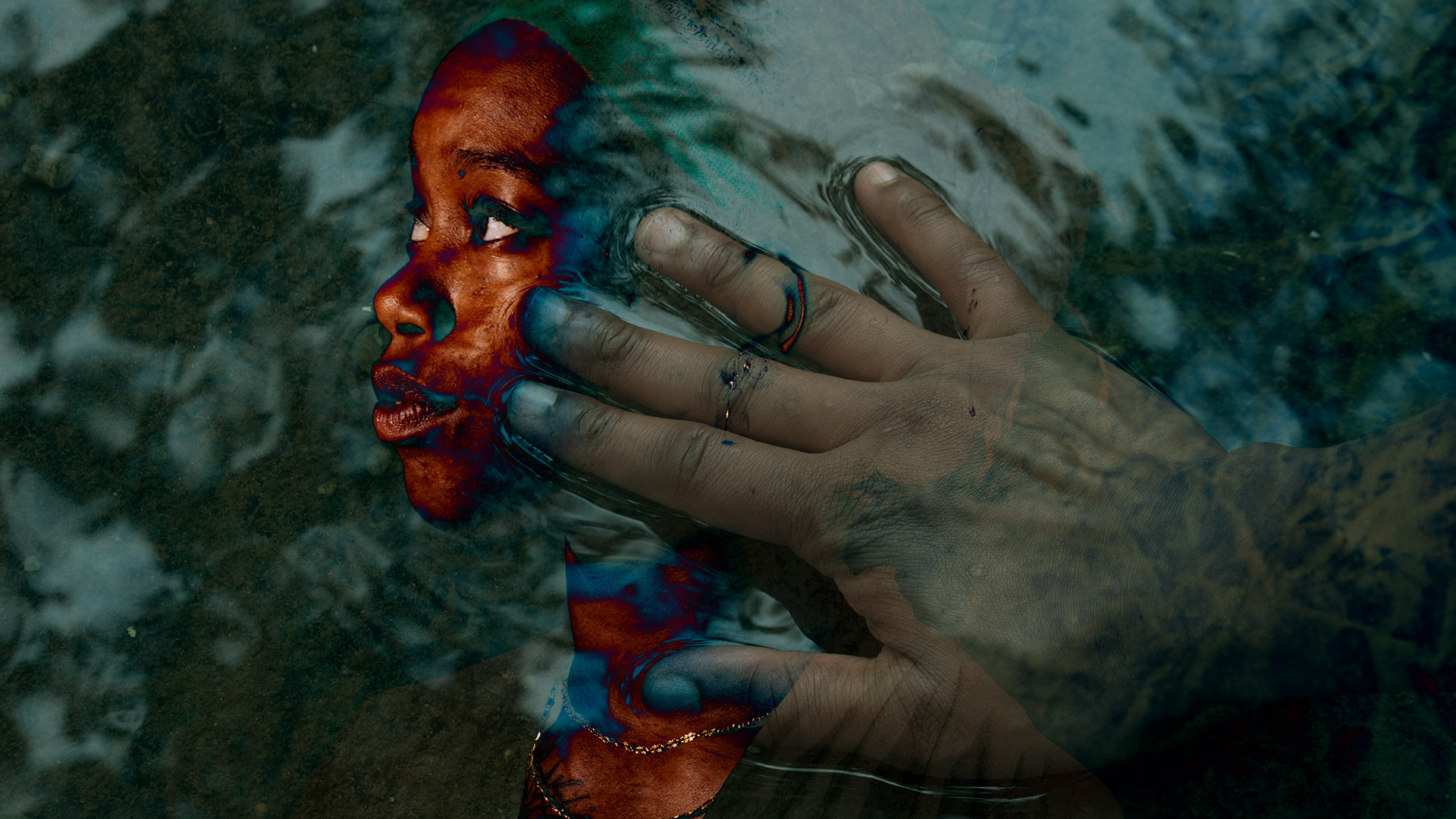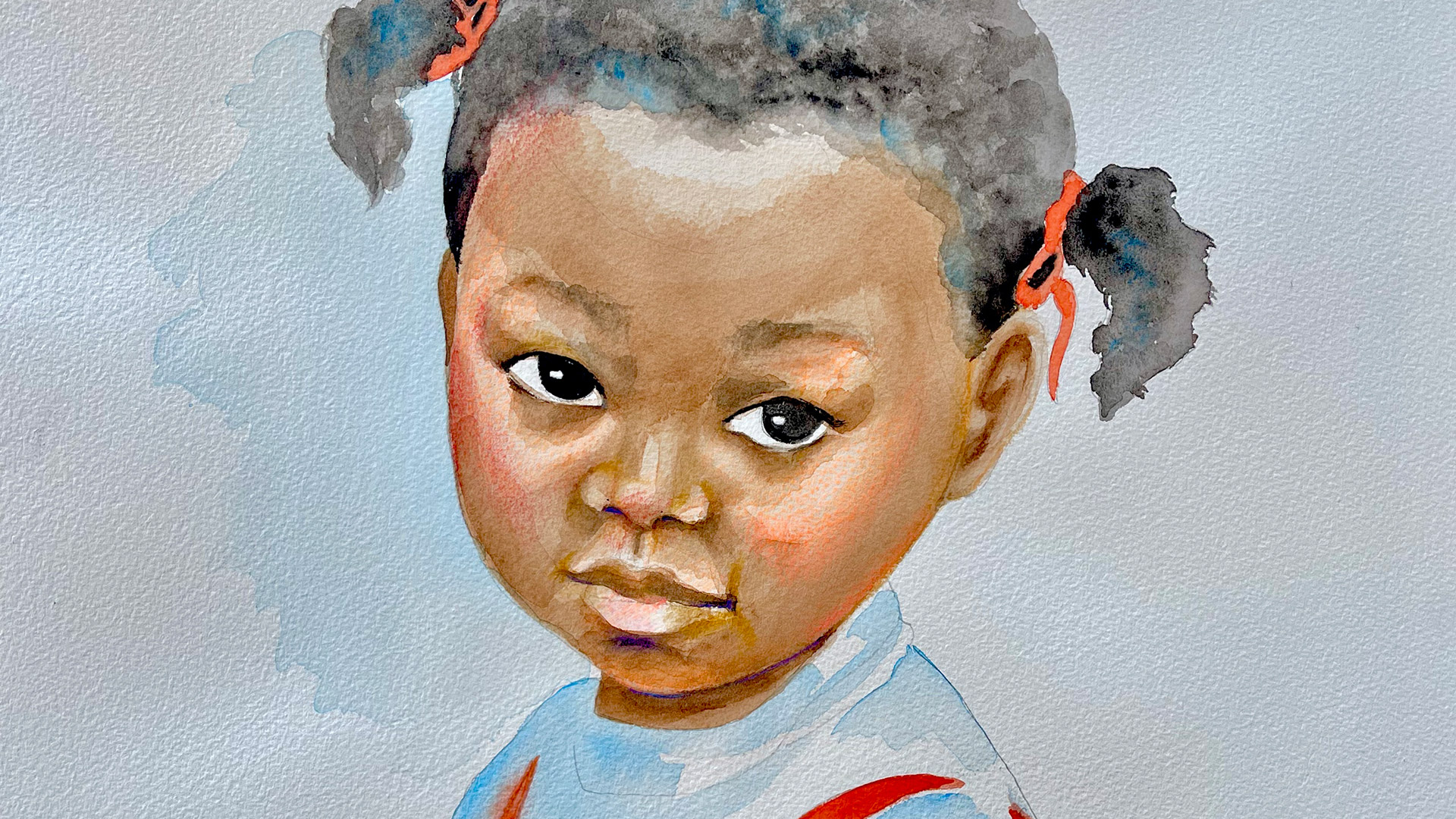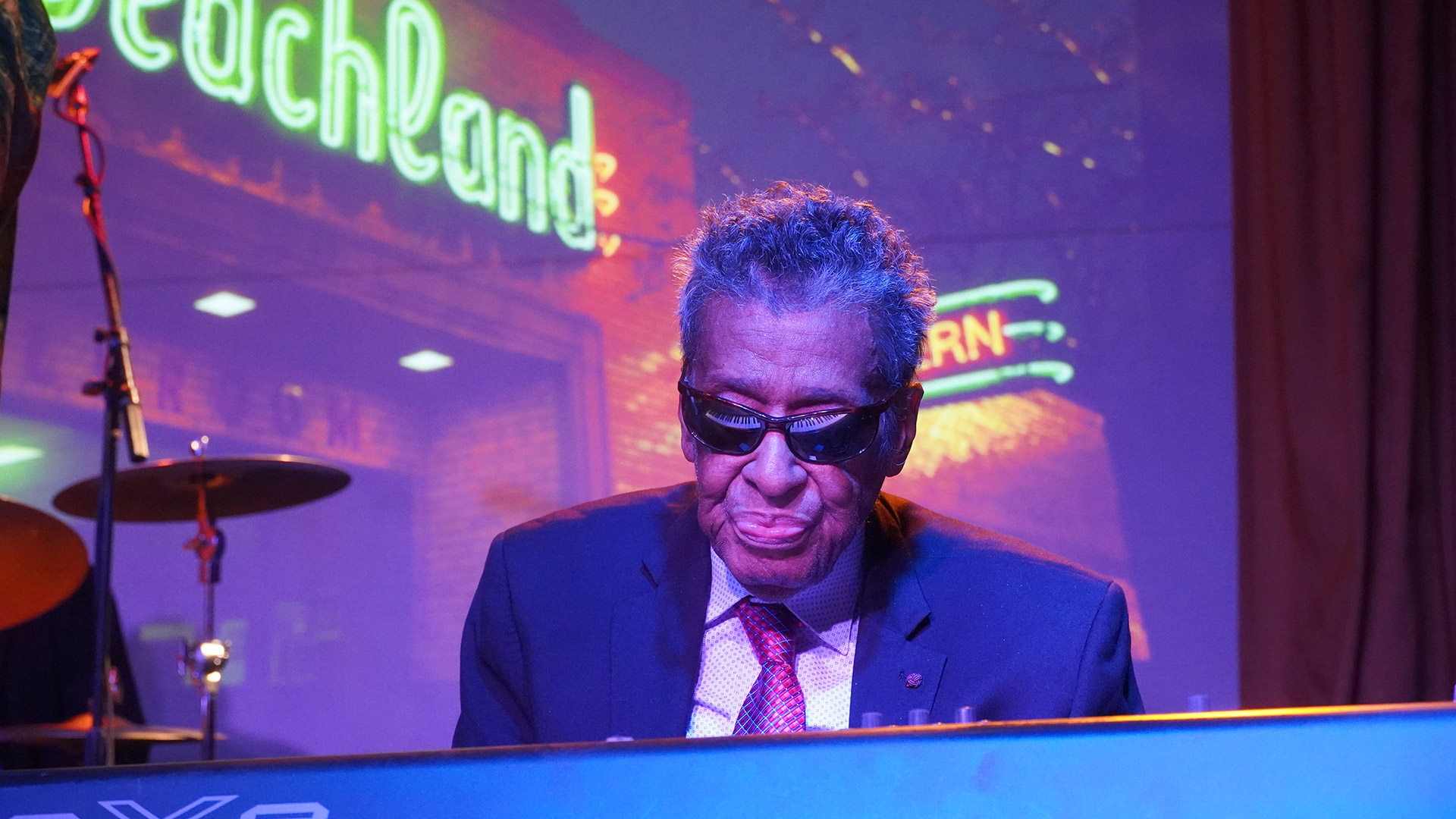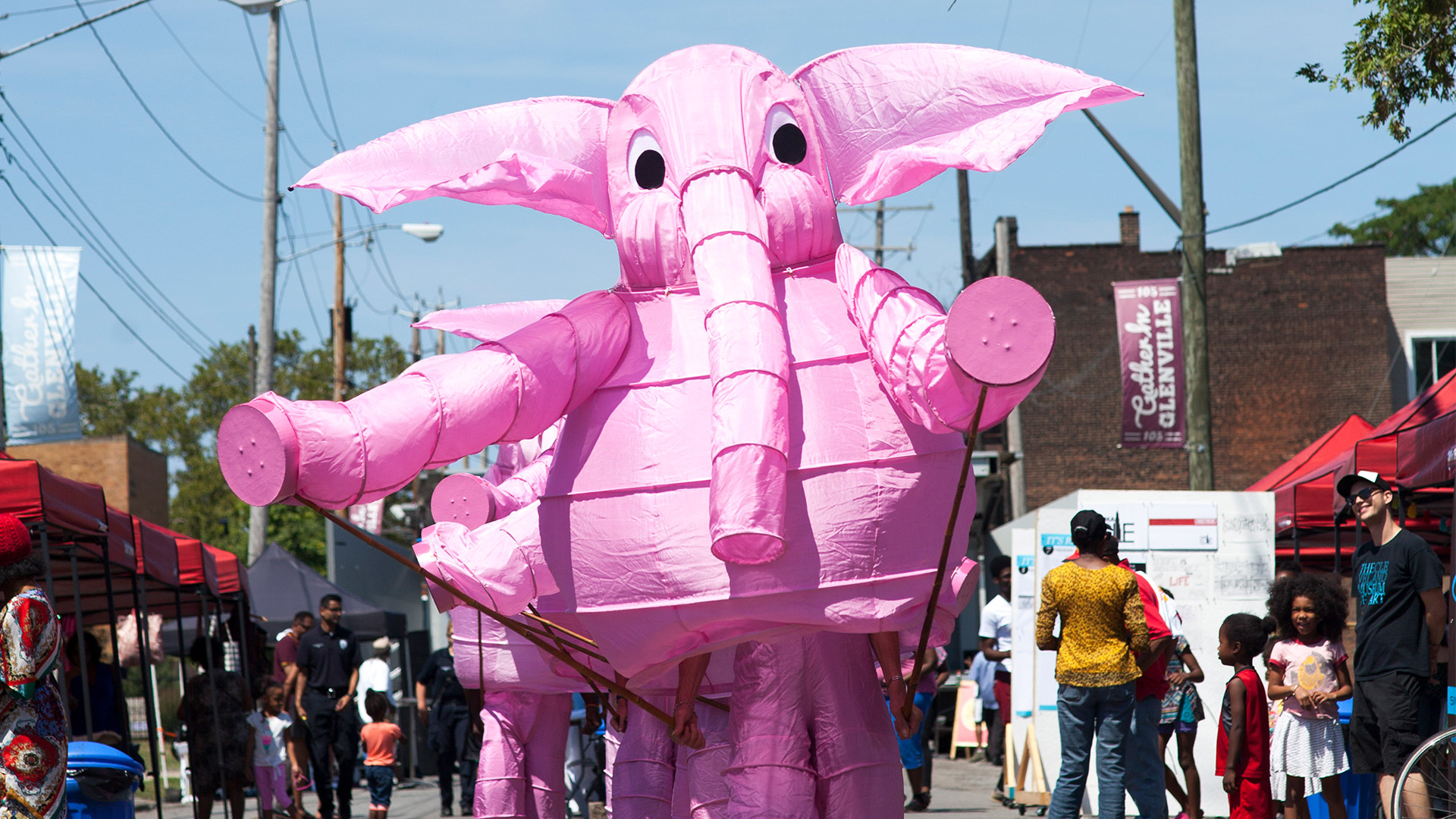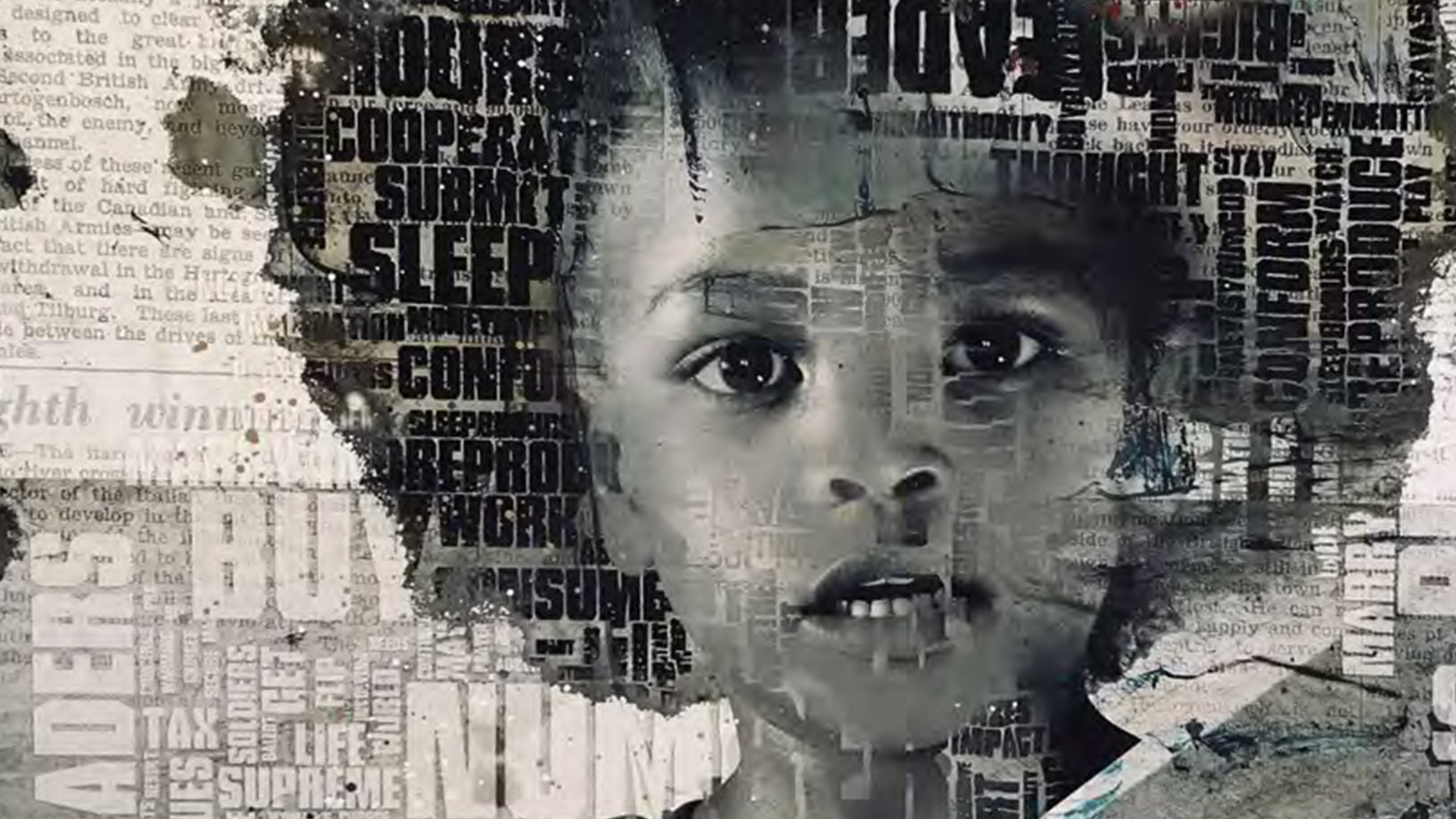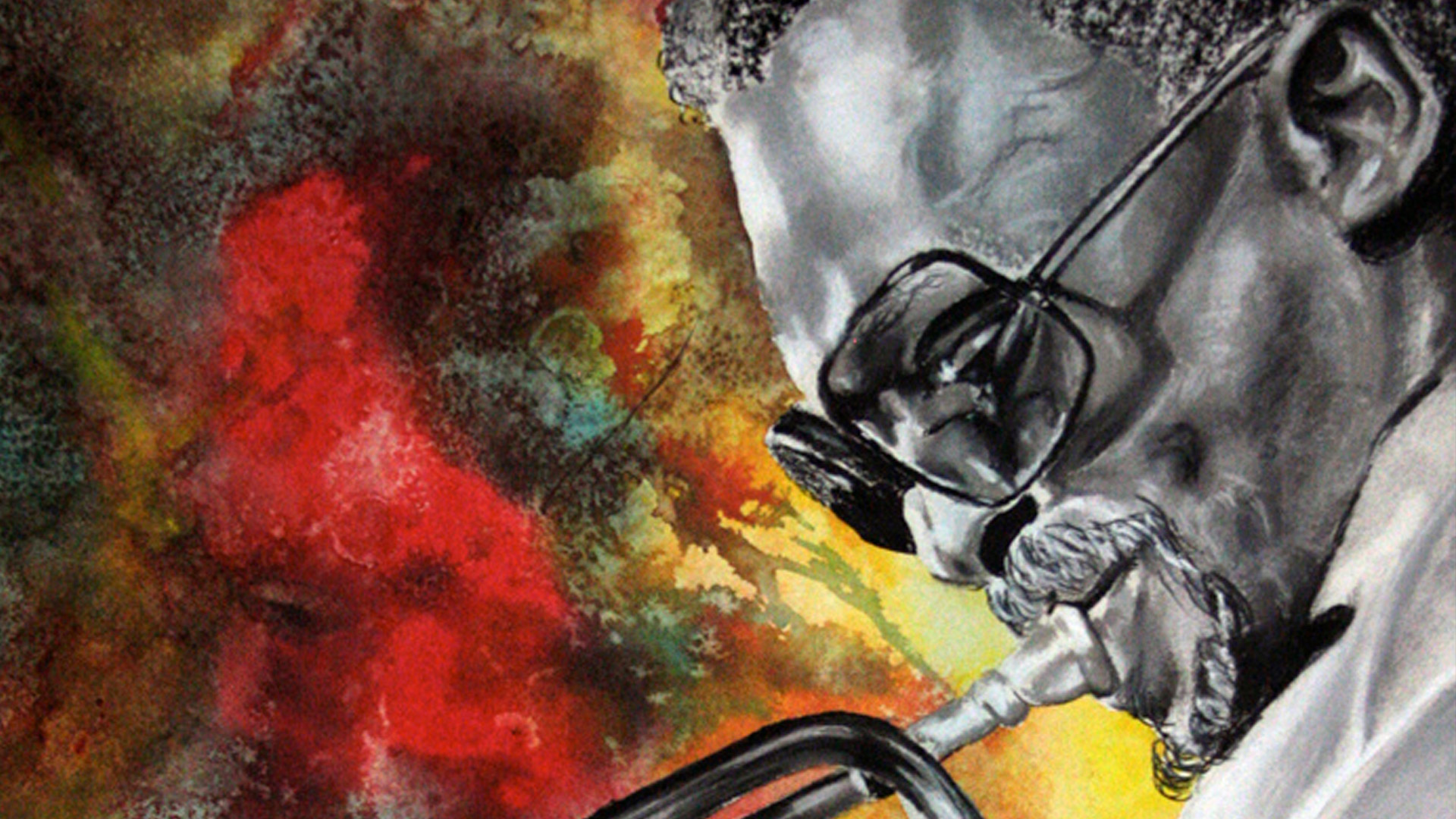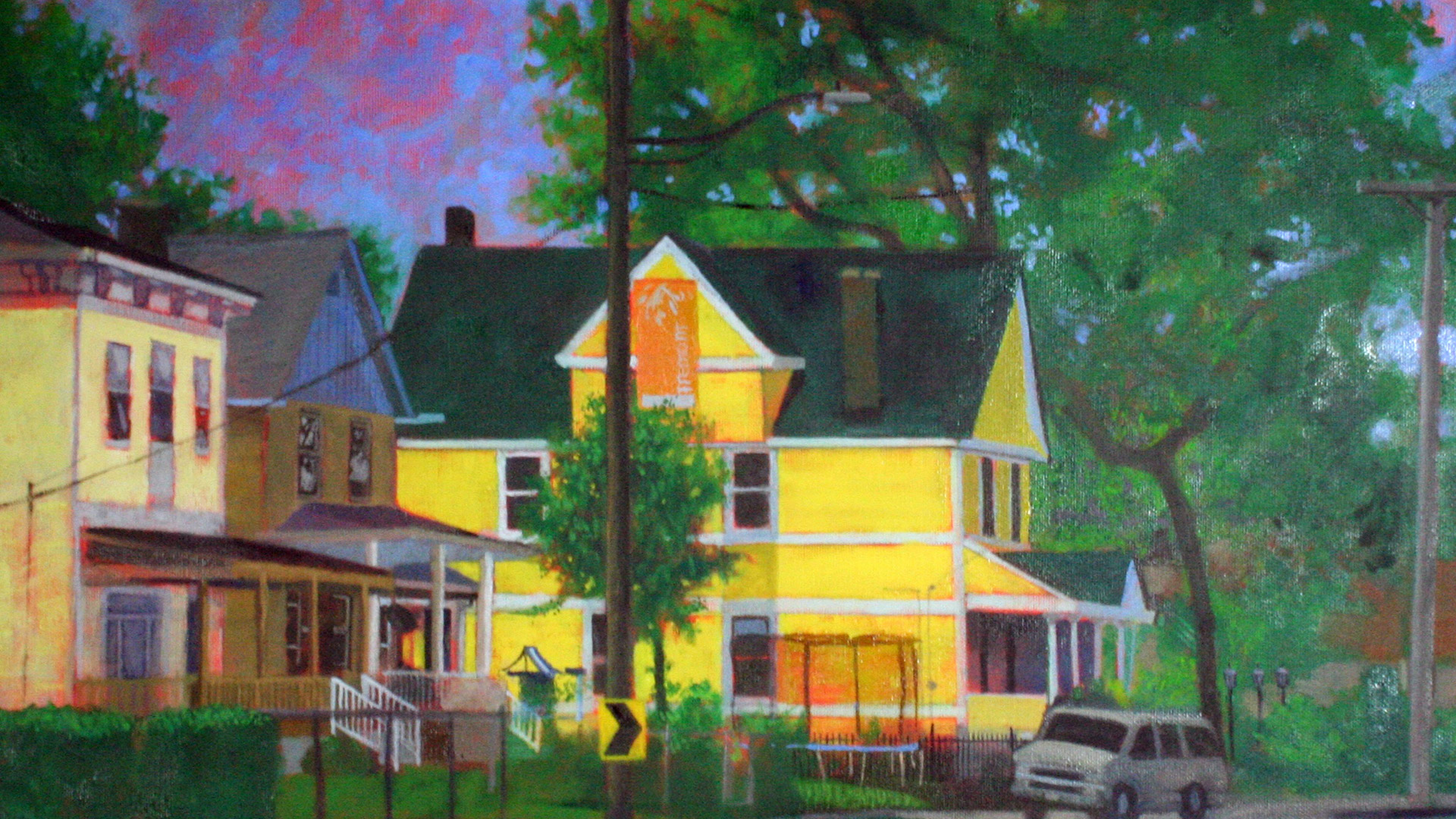Aja Joi Grant
Aja Joi Grant
An artist and fellow neighbor in Ward 11: Cudell, Edgewater, West Boulevard, Jefferson, Bellaire-Puritas

About the artist
Aja is a Cleveland based photographer working to highlighting the human connection to the unknown and unseen. Utilizing digital media, many of her works blend the human experience to a respective environment, and emphasize their reciprocal relationship. Many works capture water and nature alongside her portraiture.
Follow the artist
Two Cents for Arts & Culture
Commit 2% of the $500 million+ Cleveland is receiving in federal ARPA funds to Arts & Culture!
Covid has hit the creative sector hard. An ARPA investment of $10 million helps protect and brings jobs to EVERY neighborhood. We are creative businesses. We are cultural nonprofits. We are individual artists and so much more. We remain anchors for neighborhoods all over the city. ARPA funds will protect one of our greatest assets that is central to Cleveland’s economy and identity.
Artists for ARPA
Led by creative people, for creative people, we’ve created 18 unique and vibrant postcards, featuring artists of all disciplines in all 17 Cleveland City Wards. Take a look through the art below.
Right now, we have the opportunity to acquire more funding for our Creative Workers. Our city has received $511 million in American Rescue Plan Act (ARPA) funds, a pandemic support program enacted by President Biden. We need your help in asking Cleveland City Council to dedicate $10 million of these dollars to our Creative Workforce. This is only 2% of the ARPA funds Cleveland received – that’s only 2 cents on the dollar!
Let’s flood City Hall with powerful postcard messages! Attend an ARPA Postcard Party on Feb 24 or March 3 and Tweet + Email your City Council Member today.
We’re making progress
Recently, Mayor Bibb included a recommendation in his transition report to allocate $10 million to arts and culture. This is an exciting step, but we must help Cleveland City Council understand why their vote in favor of this recommendation is a smart choice. Your voice matters.
Assemble Now
Contact Council Member Brian Mooney in Ward 11
Error: Contact form not found.
Office Phone Number: 216.664.3708

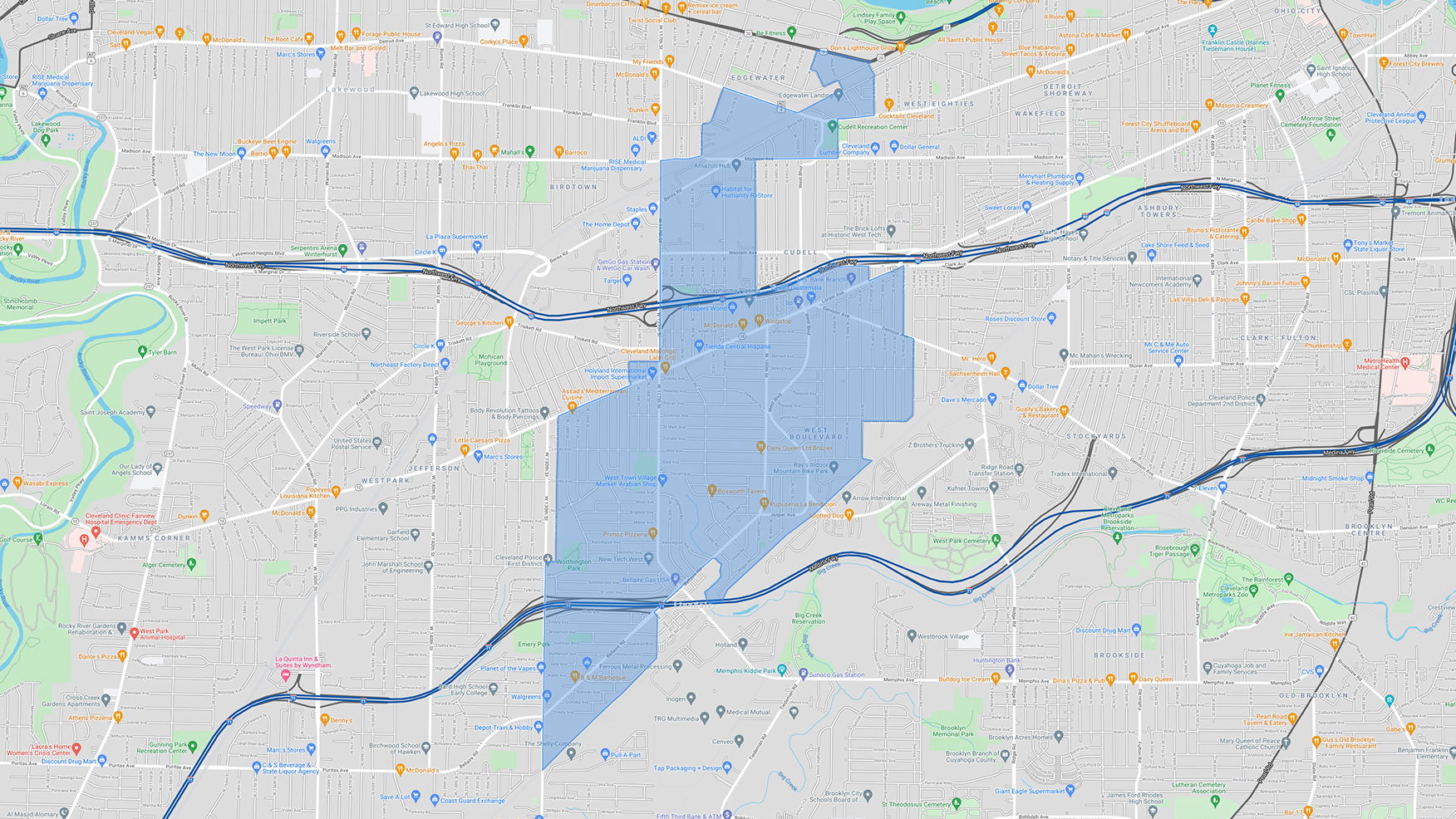
Attend a Postcard Party
Happy Dog, Thursday, February 24, 4:30-6:30
Sankofa Fine Arts, Thursday, March 3, 4:00-6:00
Robin Robinson
Robin Robinson
An artist, curator for this campaign, and fellow neighbor in Ward 10: South Collinwood, St Clair-Superior, Glenville, Euclid Park and Nottingham Village
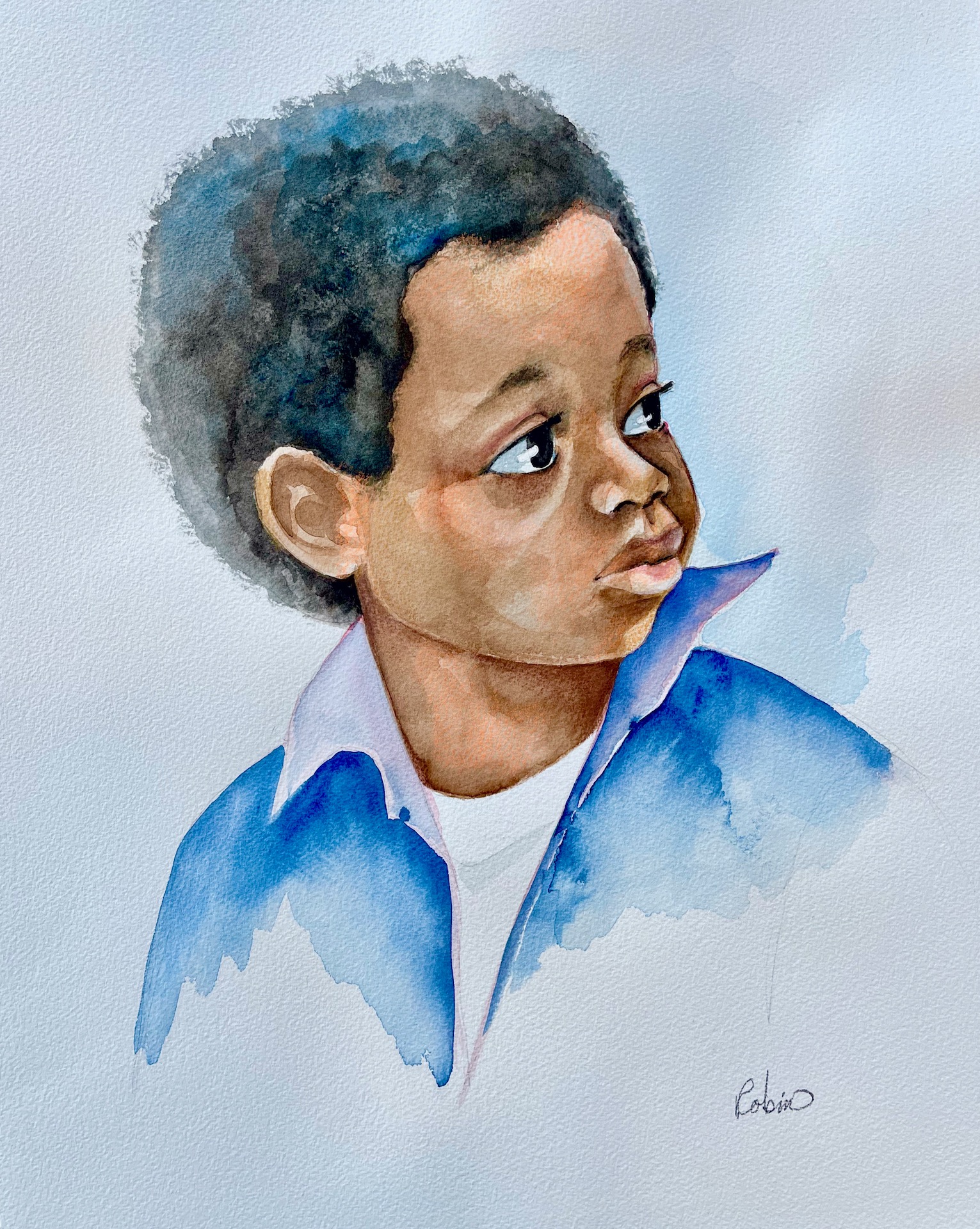

About the artist
Robin Robinson is a painter, photographer, and educator who facilitates art therapy related programs for youth and senior citizens in the Glenville community.
Robin has a BFA from Temple University and Tyler School of Art. She is a certified art therapist and community activist. Her artworks have received numerous accolades and awards. In 2015, Robin created the “Urban Renaissance with heART” program convinced of the healing power of art. Robin as Executive Director of Sankofa Fine Art Plus is dedicated to bringing fine art outside of the traditional/restrictive art venues into the urban community in the form of co-creative, collaborative, public art
projects.
Robin seeks to educate and expose the community to African American and ethnic art which give the community a visual representation of their voices through transformative, inspirational, monumental murals that they help to create, giving them pride of place and ownership. Robin insists that all public art starts with community engaged
conversation to establish mutual trust.
Follow the artist
Two Cents for Arts & Culture
Commit 2% of the $500 million+ Cleveland is receiving in federal ARPA funds to Arts & Culture!
Covid has hit the creative sector hard. An ARPA investment of $10 million helps protect and brings jobs to EVERY neighborhood. We are creative businesses. We are cultural nonprofits. We are individual artists and so much more. We remain anchors for neighborhoods all over the city. ARPA funds will protect one of our greatest assets that is central to Cleveland’s economy and identity.
Artists for ARPA
Led by creative people, for creative people, we’ve created 18 unique and vibrant postcards, featuring artists of all disciplines in all 17 Cleveland City Wards. Take a look through the art below.
Right now, we have the opportunity to acquire more funding for our Creative Workers. Our city has received $511 million in American Rescue Plan Act (ARPA) funds, a pandemic support program enacted by President Biden. We need your help in asking Cleveland City Council to dedicate $10 million of these dollars to our Creative Workforce. This is only 2% of the ARPA funds Cleveland received – that’s only 2 cents on the dollar!
Let’s flood City Hall with powerful postcard messages! Attend an ARPA Postcard Party on Feb 24 or March 3 and Tweet + Email your City Council Member today.
We’re making progress
Recently, Mayor Bibb included a recommendation in his transition report to allocate $10 million to arts and culture. This is an exciting step, but we must help Cleveland City Council understand why their vote in favor of this recommendation is a smart choice. Your voice matters.
Assemble Now
Contact Council Member Anthony T. Hairston in Ward 10
Error: Contact form not found.
Office Phone Number: 216.664.4743
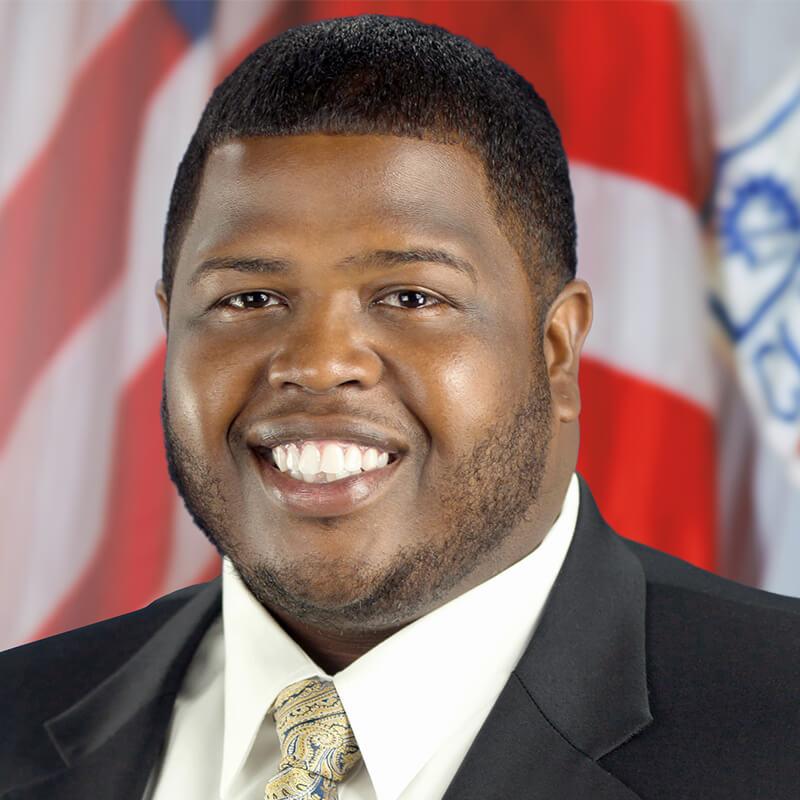
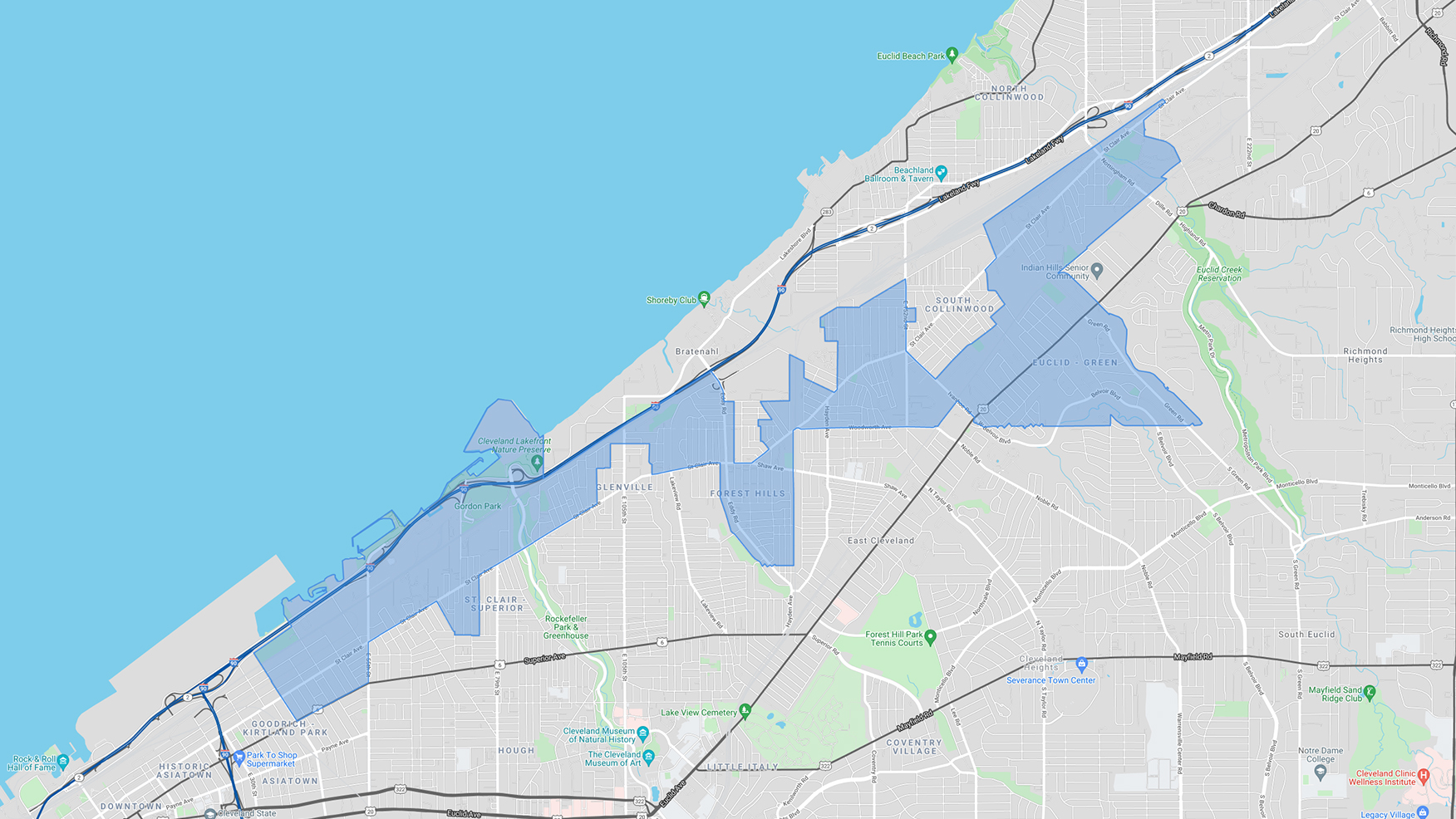
Attend a Postcard Party
Happy Dog, Thursday, February 24, 4:30-6:30
Sankofa Fine Arts, Thursday, March 3, 4:00-6:00
Vince Robinson
Vince Robinson
An artist and fellow neighbor in Ward 9: Glenville, part of University Circle
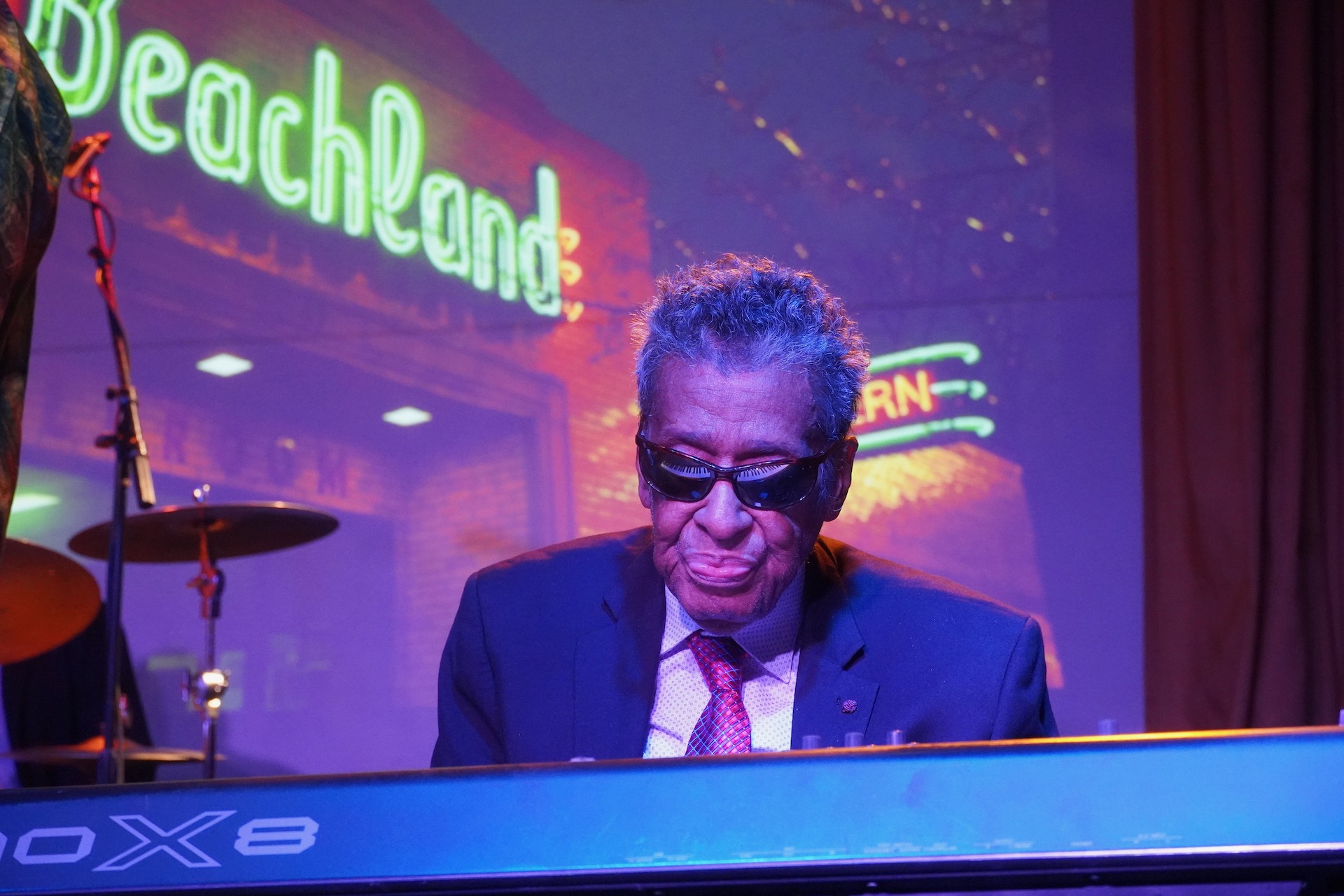
Follow the artist
Two Cents for Arts & Culture
Commit 2% of the $500 million+ Cleveland is receiving in federal ARPA funds to Arts & Culture!
Covid has hit the creative sector hard. An ARPA investment of $10 million helps protect and brings jobs to EVERY neighborhood. We are creative businesses. We are cultural nonprofits. We are individual artists and so much more. We remain anchors for neighborhoods all over the city. ARPA funds will protect one of our greatest assets that is central to Cleveland’s economy and identity.
Artists for ARPA
Led by creative people, for creative people, we’ve created 18 unique and vibrant postcards, featuring artists of all disciplines in all 17 Cleveland City Wards. Take a look through the art below.
Right now, we have the opportunity to acquire more funding for our Creative Workers. Our city has received $511 million in American Rescue Plan Act (ARPA) funds, a pandemic support program enacted by President Biden. We need your help in asking Cleveland City Council to dedicate $10 million of these dollars to our Creative Workforce. This is only 2% of the ARPA funds Cleveland received – that’s only 2 cents on the dollar!
Let’s flood City Hall with powerful postcard messages! Attend an ARPA Postcard Party on Feb 24 or March 3 and Tweet + Email your City Council Member today.
We’re making progress
Recently, Mayor Bibb included a recommendation in his transition report to allocate $10 million to arts and culture. This is an exciting step, but we must help Cleveland City Council understand why their vote in favor of this recommendation is a smart choice. Your voice matters.
Assemble Now
Contact Council Member Kevin Conwell in Ward 9
Error: Contact form not found.
Office Phone Number: 216.664.4252


Attend a Postcard Party
Happy Dog, Thursday, February 24, 4:30-6:30
Sankofa Fine Arts, Thursday, March 3, 4:00-6:00
Dru Thompson
Dru Thompson
An artist and fellow neighbor in Ward 8: North Shore Collinwood, Collinwood Village, Eastern Glenville
Follow the artist

Two Cents for Arts & Culture
Commit 2% of the $500 million+ Cleveland is receiving in federal ARPA funds to Arts & Culture!
Covid has hit the creative sector hard. An ARPA investment of $10 million helps protect and brings jobs to EVERY neighborhood. We are creative businesses. We are cultural nonprofits. We are individual artists and so much more. We remain anchors for neighborhoods all over the city. ARPA funds will protect one of our greatest assets that is central to Cleveland’s economy and identity.
Artists for ARPA
Led by creative people, for creative people, we’ve created 18 unique and vibrant postcards, featuring artists of all disciplines in all 17 Cleveland City Wards. Take a look through the art below.
Right now, we have the opportunity to acquire more funding for our Creative Workers. Our city has received $511 million in American Rescue Plan Act (ARPA) funds, a pandemic support program enacted by President Biden. We need your help in asking Cleveland City Council to dedicate $10 million of these dollars to our Creative Workforce. This is only 2% of the ARPA funds Cleveland received – that’s only 2 cents on the dollar!
Let’s flood City Hall with powerful postcard messages! Attend an ARPA Postcard Party on Feb 24 or March 3 and Tweet + Email your City Council Member today.
We’re making progress
Recently, Mayor Bibb included a recommendation in his transition report to allocate $10 million to arts and culture. This is an exciting step, but we must help Cleveland City Council understand why their vote in favor of this recommendation is a smart choice. Your voice matters.
Assemble Now
Contact your Council Member Michael D. Polensek in Ward 8
Error: Contact form not found.
Office Phone Number: 216.664.4236


Attend a Postcard Party
Happy Dog, Thursday, February 24, 4:30-6:30
Sankofa Fine Arts, Thursday, March 3, 4:00-6:00
Amber N. Ford
Amber N. Ford
An artist and fellow neighbor in Ward 7: Asia Town, Downtown, Hough and St. Clair-Superior
About the artist
Amber N. Ford is a photographer/artist based in Cleveland, OH. Ford received her BFA in Photography from the Cleveland Institute of Art ’16. Primarily working in photography while occasionally exploring other mediums such at printmaking.
She is best known for her work in portraiture, which she refers to as a “collaborative engagement between photographer and sitter”. While always questioning “the truth”, Ford aims to establish a platform in which her sitter may present themselves as they please. She is interest in topics such as race, and identity.
Follow the artist
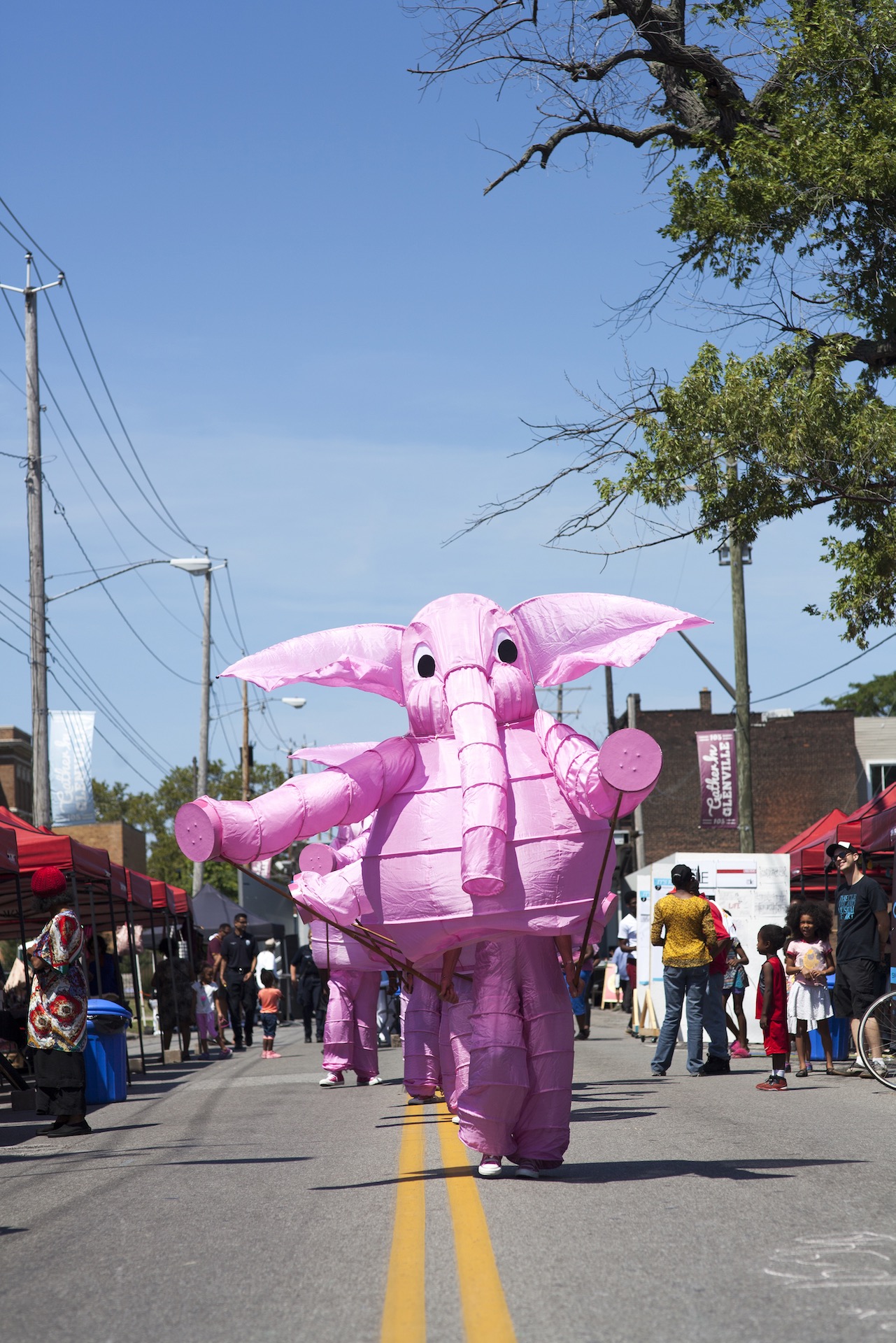
Two Cents for Arts & Culture
Commit 2% of the $500 million+ Cleveland is receiving in federal ARPA funds to Arts & Culture!
Covid has hit the creative sector hard. An ARPA investment of $10 million helps protect and brings jobs to EVERY neighborhood. We are creative businesses. We are cultural nonprofits. We are individual artists and so much more. We remain anchors for neighborhoods all over the city. ARPA funds will protect one of our greatest assets that is central to Cleveland’s economy and identity.
Artists for ARPA
Led by creative people, for creative people, we’ve created 18 unique and vibrant postcards, featuring artists of all disciplines in all 17 Cleveland City Wards. Take a look through the art below.
Right now, we have the opportunity to acquire more funding for our Creative Workers. Our city has received $511 million in American Rescue Plan Act (ARPA) funds, a pandemic support program enacted by President Biden. We need your help in asking Cleveland City Council to dedicate $10 million of these dollars to our Creative Workforce. This is only 2% of the ARPA funds Cleveland received – that’s only 2 cents on the dollar!
Let’s flood City Hall with powerful postcard messages! Attend an ARPA Postcard Party on Feb 24 or March 3 and Tweet + Email your City Council Member today.
We’re making progress
Recently, Mayor Bibb included a recommendation in his transition report to allocate $10 million to arts and culture. This is an exciting step, but we must help Cleveland City Council understand why their vote in favor of this recommendation is a smart choice. Your voice matters.
Assemble Now
Contact Council Member Stephanie D. Howse in Ward 7
Error: Contact form not found.
Office Phone Number: 216.664.2908
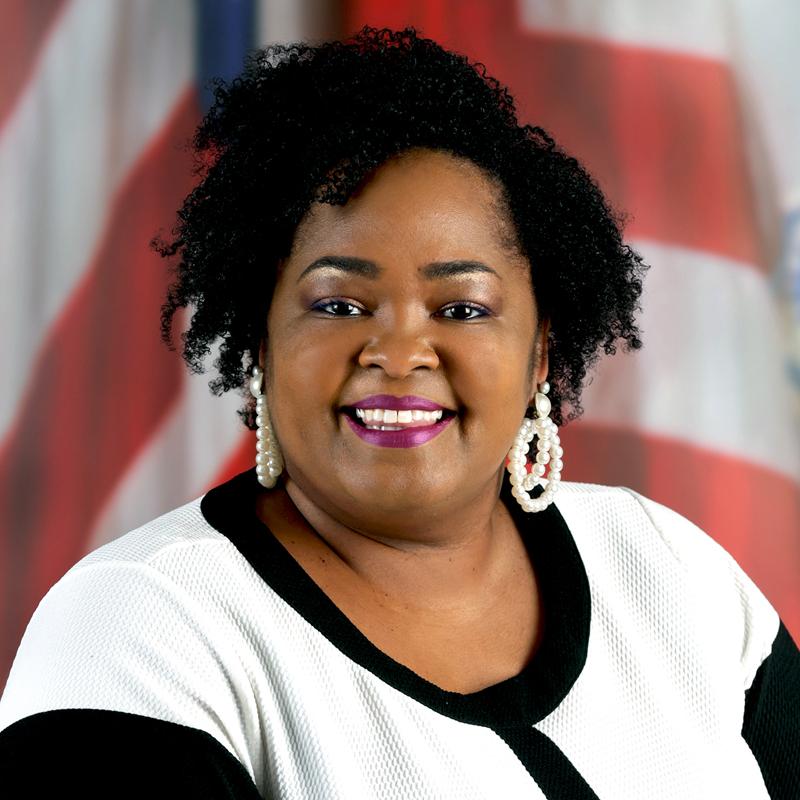

Attend a Postcard Party
Happy Dog, Thursday, February 24, 4:30-6:30
Sankofa Fine Arts, Thursday, March 3, 4:00-6:00
Jamal Collins
Jamal Collins
An artist and fellow neighbor in Ward 6: Fairfax, Larchmere, Little Italy, Woodland Hills, and parts of Buckeye-Shaker, University Circle, North Broadway, Slavic Village and Union-Miles.

Follow the artist
Two Cents for Arts & Culture
Commit 2% of the $500 million+ Cleveland is receiving in federal ARPA funds to Arts & Culture!
Covid has hit the creative sector hard. An ARPA investment of $10 million helps protect and brings jobs to EVERY neighborhood. We are creative businesses. We are cultural nonprofits. We are individual artists and so much more. We remain anchors for neighborhoods all over the city. ARPA funds will protect one of our greatest assets that is central to Cleveland’s economy and identity.
Artists for ARPA
Led by creative people, for creative people, we’ve created 18 unique and vibrant postcards, featuring artists of all disciplines in all 17 Cleveland City Wards. Take a look through the art below.
Right now, we have the opportunity to acquire more funding for our Creative Workers. Our city has received $511 million in American Rescue Plan Act (ARPA) funds, a pandemic support program enacted by President Biden. We need your help in asking Cleveland City Council to dedicate $10 million of these dollars to our Creative Workforce. This is only 2% of the ARPA funds Cleveland received – that’s only 2 cents on the dollar!
Let’s flood City Hall with powerful postcard messages! Attend an ARPA Postcard Party on Feb 24 or March 3 and Tweet + Email your City Council Member today.
We’re making progress
Recently, Mayor Bibb included a recommendation in his transition report to allocate $10 million to arts and culture. This is an exciting step, but we must help Cleveland City Council understand why their vote in favor of this recommendation is a smart choice. Your voice matters.
Assemble Now
Contact Council Member Blaine A. Griffin in Ward 6
Error: Contact form not found.
Office Phone Number: 216.664.4234
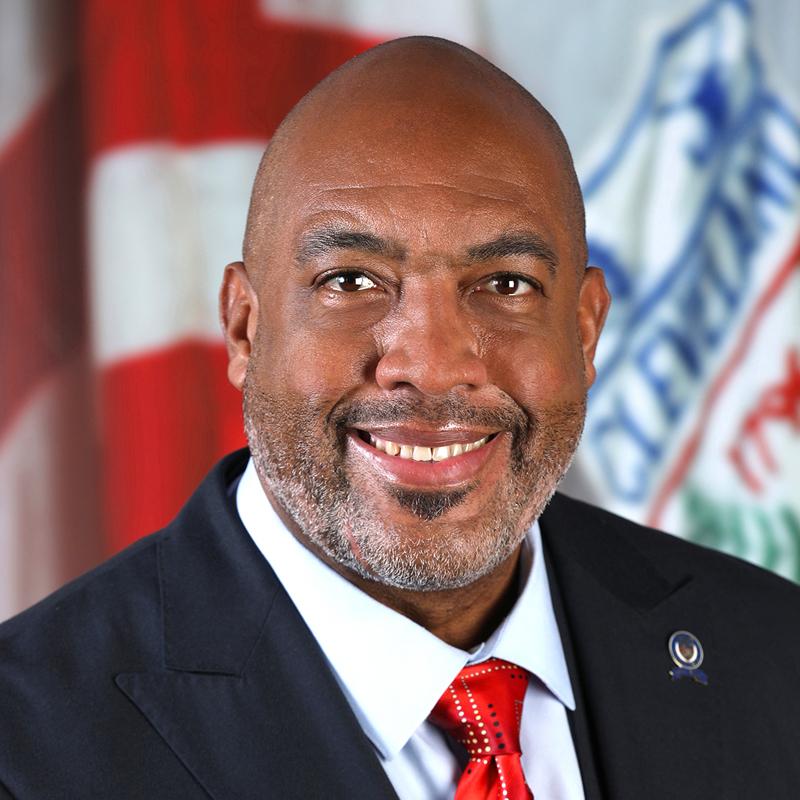
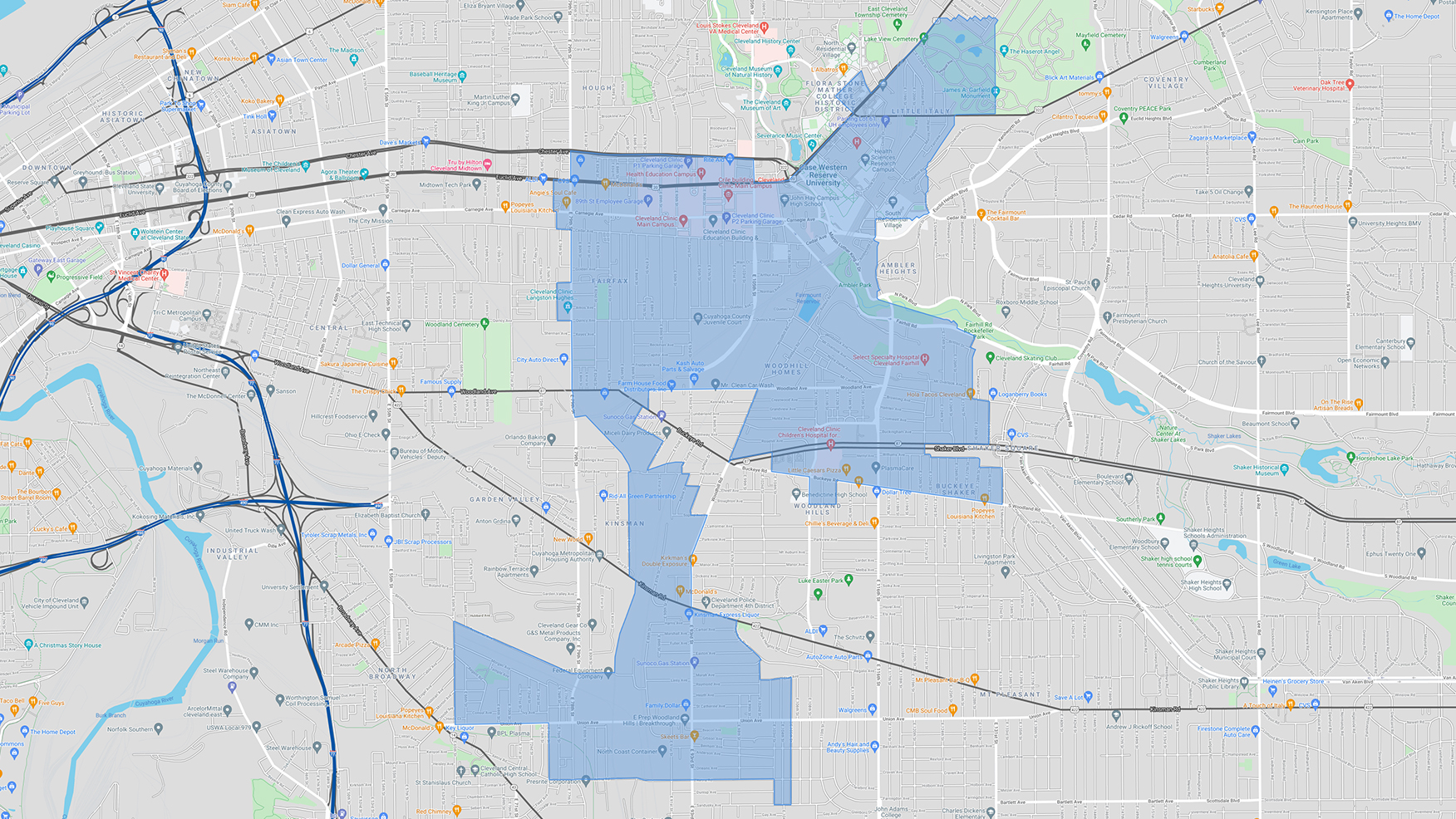
Attend a Postcard Party
Happy Dog, Thursday, February 24, 4:30-6:30
Sankofa Fine Arts, Thursday, March 3, 4:00-6:00
Gwen Garth
Gwen Garth
An artist and fellow neighbor in Ward 5: Central, Kinsman, Midtown, North Broadway Slavic Village

Follow the artist
Two Cents for Arts & Culture
Commit 2% of the $500 million+ Cleveland is receiving in federal ARPA funds to Arts & Culture!
Covid has hit the creative sector hard. An ARPA investment of $10 million helps protect and brings jobs to EVERY neighborhood. We are creative businesses. We are cultural nonprofits. We are individual artists and so much more. We remain anchors for neighborhoods all over the city. ARPA funds will protect one of our greatest assets that is central to Cleveland’s economy and identity.
Artists for ARPA
Led by creative people, for creative people, we’ve created 18 unique and vibrant postcards, featuring artists of all disciplines in all 17 Cleveland City Wards. Take a look through the art below.
Right now, we have the opportunity to acquire more funding for our Creative Workers. Our city has received $511 million in American Rescue Plan Act (ARPA) funds, a pandemic support program enacted by President Biden. We need your help in asking Cleveland City Council to dedicate $10 million of these dollars to our Creative Workforce. This is only 2% of the ARPA funds Cleveland received – that’s only 2 cents on the dollar!
Let’s flood City Hall with powerful postcard messages! Attend an ARPA Postcard Party on Feb 24 or March 3 and Tweet + Email your City Council Member today.
We’re making progress
Recently, Mayor Bibb included a recommendation in his transition report to allocate $10 million to arts and culture. This is an exciting step, but we must help Cleveland City Council understand why their vote in favor of this recommendation is a smart choice. Your voice matters.
Assemble Now
Contact Council Member Richard A. Starr in Ward 5
Error: Contact form not found.
Office Phone Number: 216.664.2309
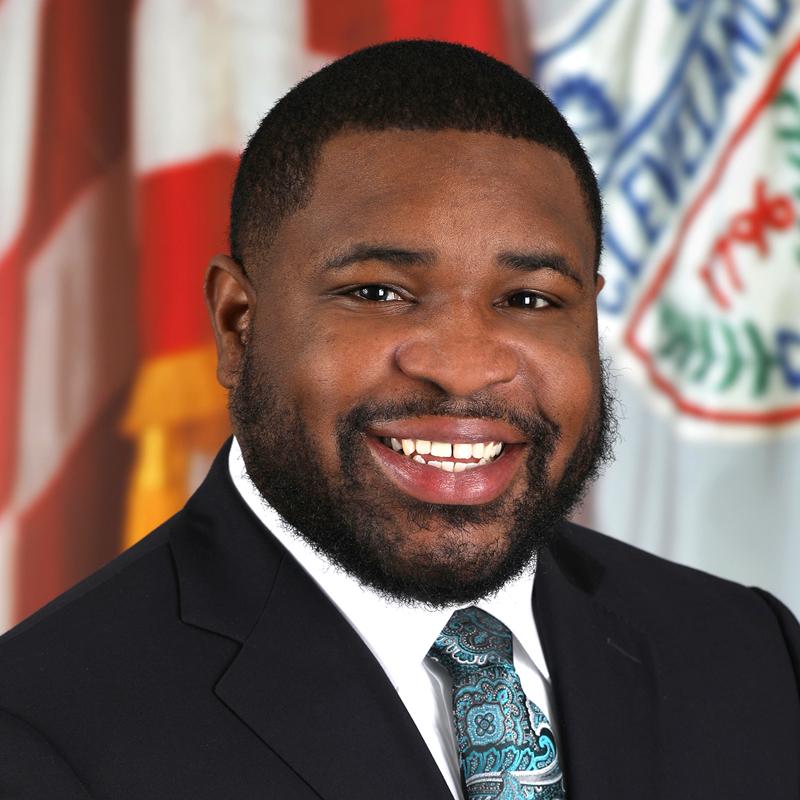

Attend a Postcard Party
Happy Dog, Thursday, February 24, 4:30-6:30
Sankofa Fine Arts, Thursday, March 3, 4:00-6:00
Gary Williams
Gary Williams
An artist and fellow neighbor in Ward 4: Shaker Square and portions of Buckeye-Shaker, Woodland Hills and Mt. Pleasant
Follow the artist
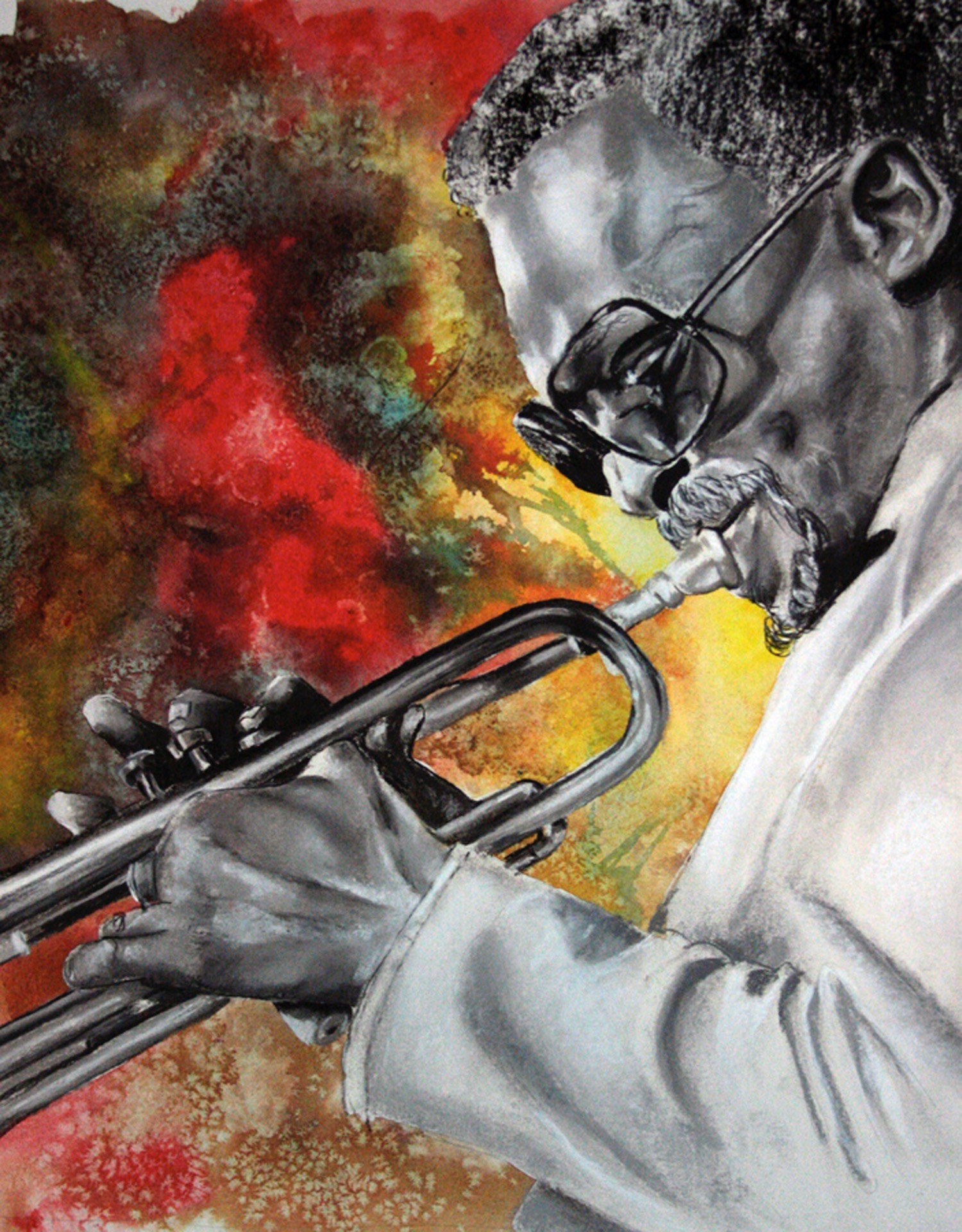
Two Cents for Arts & Culture
Commit 2% of the $500 million+ Cleveland is receiving in federal ARPA funds to Arts & Culture!
Covid has hit the creative sector hard. An ARPA investment of $10 million helps protect and brings jobs to EVERY neighborhood. We are creative businesses. We are cultural nonprofits. We are individual artists and so much more. We remain anchors for neighborhoods all over the city. ARPA funds will protect one of our greatest assets that is central to Cleveland’s economy and identity.
Artists for ARPA
Led by creative people, for creative people, we’ve created 18 unique and vibrant postcards, featuring artists of all disciplines in all 17 Cleveland City Wards. Take a look through the art below.
Right now, we have the opportunity to acquire more funding for our Creative Workers. Our city has received $511 million in American Rescue Plan Act (ARPA) funds, a pandemic support program enacted by President Biden. We need your help in asking Cleveland City Council to dedicate $10 million of these dollars to our Creative Workforce. This is only 2% of the ARPA funds Cleveland received – that’s only 2 cents on the dollar!
Let’s flood City Hall with powerful postcard messages! Attend an ARPA Postcard Party on Feb 24 or March 3 and Tweet + Email your City Council Member today.
We’re making progress
Recently, Mayor Bibb included a recommendation in his transition report to allocate $10 million to arts and culture. This is an exciting step, but we must help Cleveland City Council understand why their vote in favor of this recommendation is a smart choice. Your voice matters.
Assemble Now
Contact your Council Member Deborah A. Gray in Ward 4
Encourage your City of Cleveland Council member to vote in favor of 2 cents of each ARPA dollar to arts and culture. Email your Council Member now, and put the arts in ARPA for Cleveland.
Error: Contact form not found.
Office Phone Number: 216.664.4941
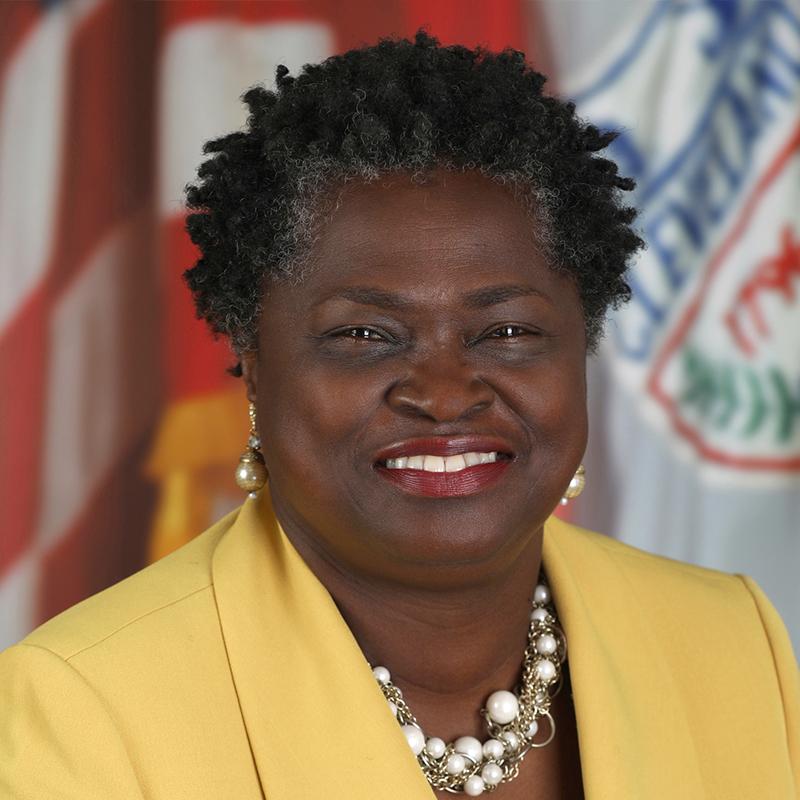
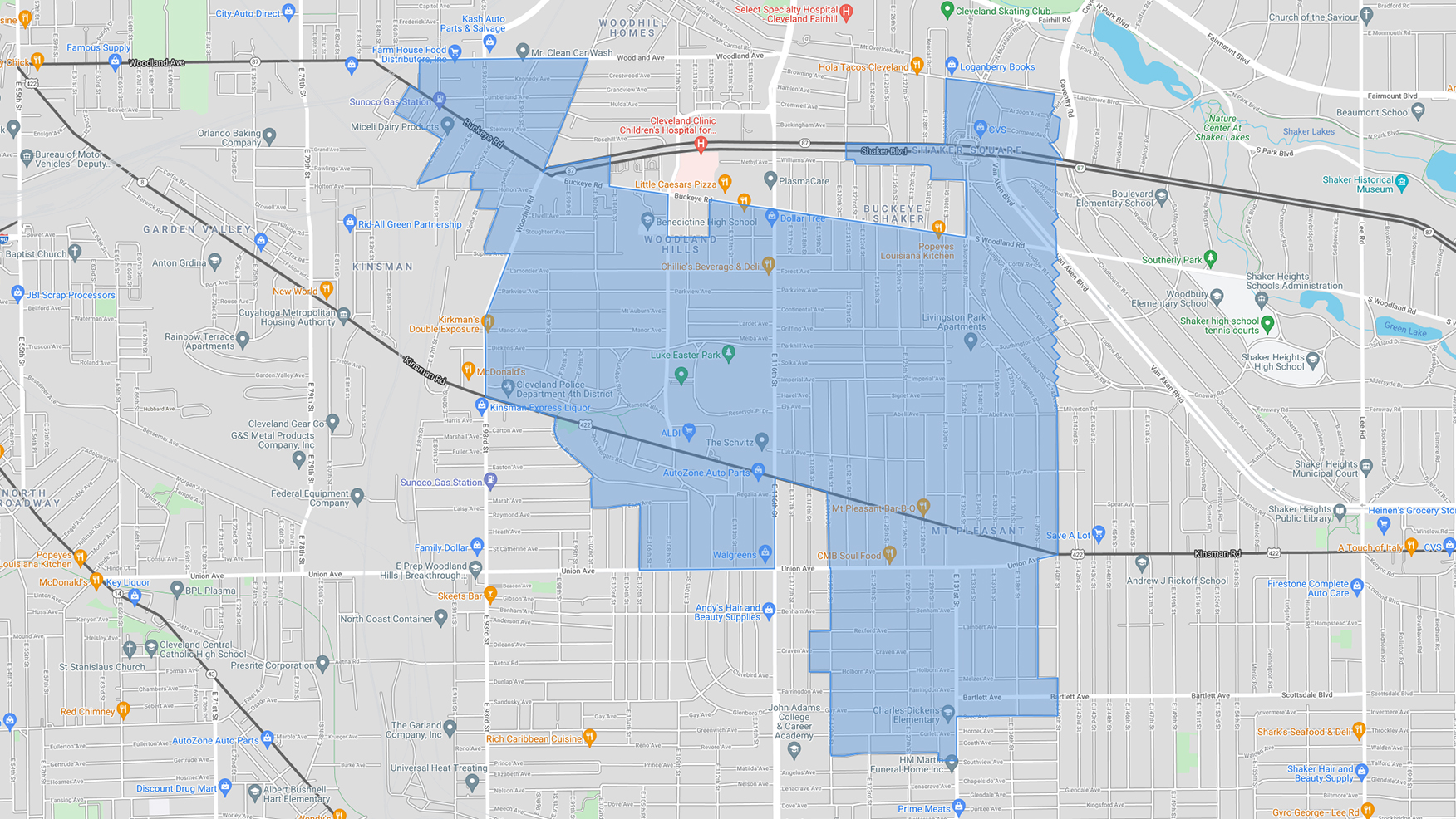
Attend a Postcard Party
Happy Dog, Thursday, February 24, 4:30-6:30
Sankofa Fine Arts, Thursday, March 3, 4:00-6:00
Timothy Herron
Timothy Herron
An artist and fellow neighbor in Ward 3: Downtown, Tremont, Ohio City

Follow the artist
Two Cents for Arts & Culture
Commit 2% of the $500 million+ Cleveland is receiving in federal ARPA funds to Arts & Culture!
Covid has hit the creative sector hard. An ARPA investment of $10 million helps protect and brings jobs to EVERY neighborhood. We are creative businesses. We are cultural nonprofits. We are individual artists and so much more. We remain anchors for neighborhoods all over the city. ARPA funds will protect one of our greatest assets that is central to Cleveland’s economy and identity.
Artists for ARPA
Led by creative people, for creative people, we’ve created 18 unique and vibrant postcards, featuring artists of all disciplines in all 17 Cleveland City Wards. Take a look through the art below.
Right now, we have the opportunity to acquire more funding for our Creative Workers. Our city has received $511 million in American Rescue Plan Act (ARPA) funds, a pandemic support program enacted by President Biden. We need your help in asking Cleveland City Council to dedicate $10 million of these dollars to our Creative Workforce. This is only 2% of the ARPA funds Cleveland received – that’s only 2 cents on the dollar!
Let’s flood City Hall with powerful postcard messages! Attend an ARPA Postcard Party on Feb 24 or March 3 and Tweet + Email your City Council Member today.
We’re making progress
Recently, Mayor Bibb included a recommendation in his transition report to allocate $10 million to arts and culture. This is an exciting step, but we must help Cleveland City Council understand why their vote in favor of this recommendation is a smart choice. Your voice matters.
Assemble Now
Contact your Council Member Kerry McCormack in Ward 3
Encourage your City of Cleveland Council member to vote in favor of 2 cents of each ARPA dollar to arts and culture. Email your Council Member now, and put the arts in ARPA for Cleveland.
Error: Contact form not found.
Office Phone Number: 216.664.4945
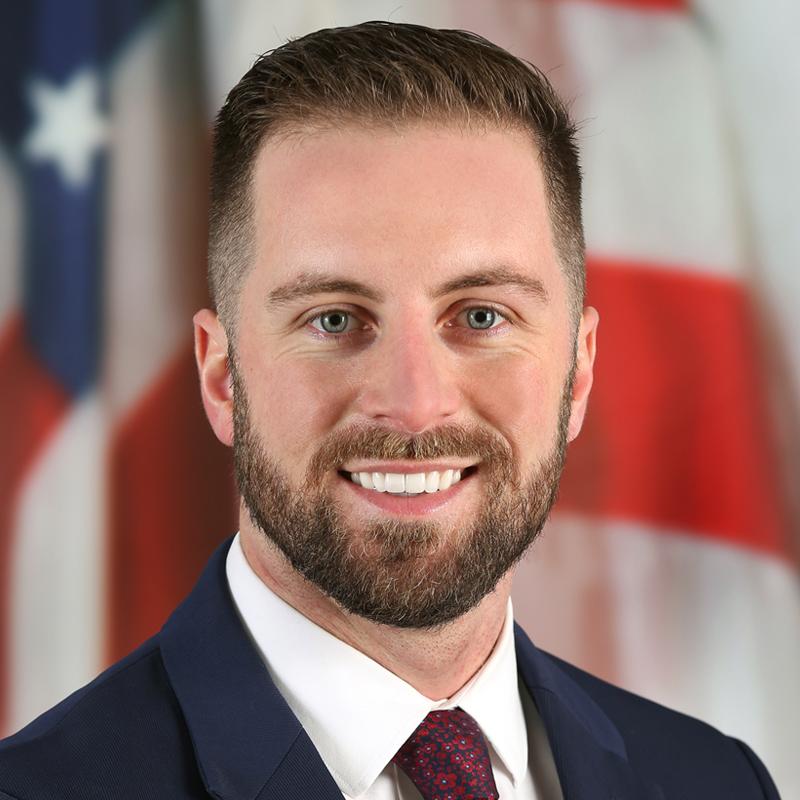

Attend a Postcard Party
Happy Dog, Thursday, February 24, 4:30-6:30
Sankofa Fine Arts, Thursday, March 3, 4:00-6:00
Ali Black
ALI BLACK
An artist and fellow neighbor in Ward 2: Mt. Pleasant, Union-Miles and Mill Creek Fall.
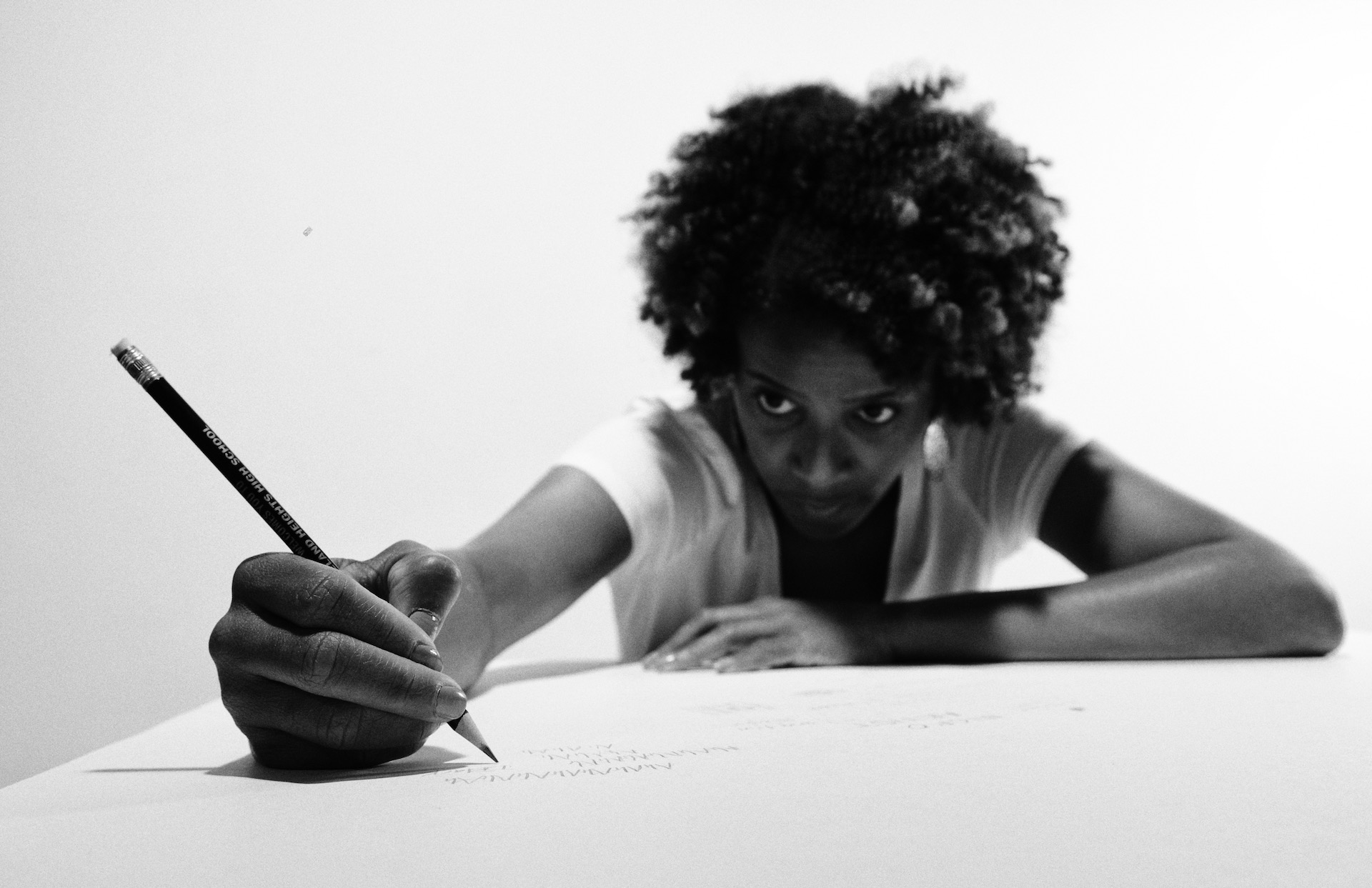
About the artist
Ali Black is a writer from Cleveland, Ohio. She is the recipient of the Academy of American Poets University & College Poetry Prize for her poem “Kinsman”. Her work has appeared in december, jubilat, Literary Hub, The Offing and elsewhere. Her first book of poetry,
If It Heals At All was selected by Jaki Shelton Green for the New Voices series at Jacar Press and it was named a finalist for the 2021 Ohioana Book Award.
Follow the artist
Two Cents for Arts & Culture
Commit 2% of the $500 million+ Cleveland is receiving in federal ARPA funds to Arts & Culture!
Covid has hit the creative sector hard. An ARPA investment of $10 million helps protect and brings jobs to EVERY neighborhood. We are creative businesses. We are cultural nonprofits. We are individual artists and so much more. We remain anchors for neighborhoods all over the city. ARPA funds will protect one of our greatest assets that is central to Cleveland’s economy and identity.
Artists for ARPA
Led by creative people, for creative people, we’ve created 18 unique and vibrant postcards, featuring artists of all disciplines in all 17 Cleveland City Wards. Take a look through the art below.
Right now, we have the opportunity to acquire more funding for our Creative Workers. Our city has received $511 million in American Rescue Plan Act (ARPA) funds, a pandemic support program enacted by President Biden. We need your help in asking Cleveland City Council to dedicate $10 million of these dollars to our Creative Workforce. This is only 2% of the ARPA funds Cleveland received – that’s only 2 cents on the dollar!
Let’s flood City Hall with powerful postcard messages! Attend an ARPA Postcard Party on Feb 24 or March 3 and Tweet + Email your City Council Member today.
We’re making progress
Recently, Mayor Bibb included a recommendation in his transition report to allocate $10 million to arts and culture. This is an exciting step, but we must help Cleveland City Council understand why their vote in favor of this recommendation is a smart choice. Your voice matters.
Assemble Now
Contact your Council Member Kevin L. Bishop in Ward 2
Error: Contact form not found.
Office Phone Number: 216.664.4945

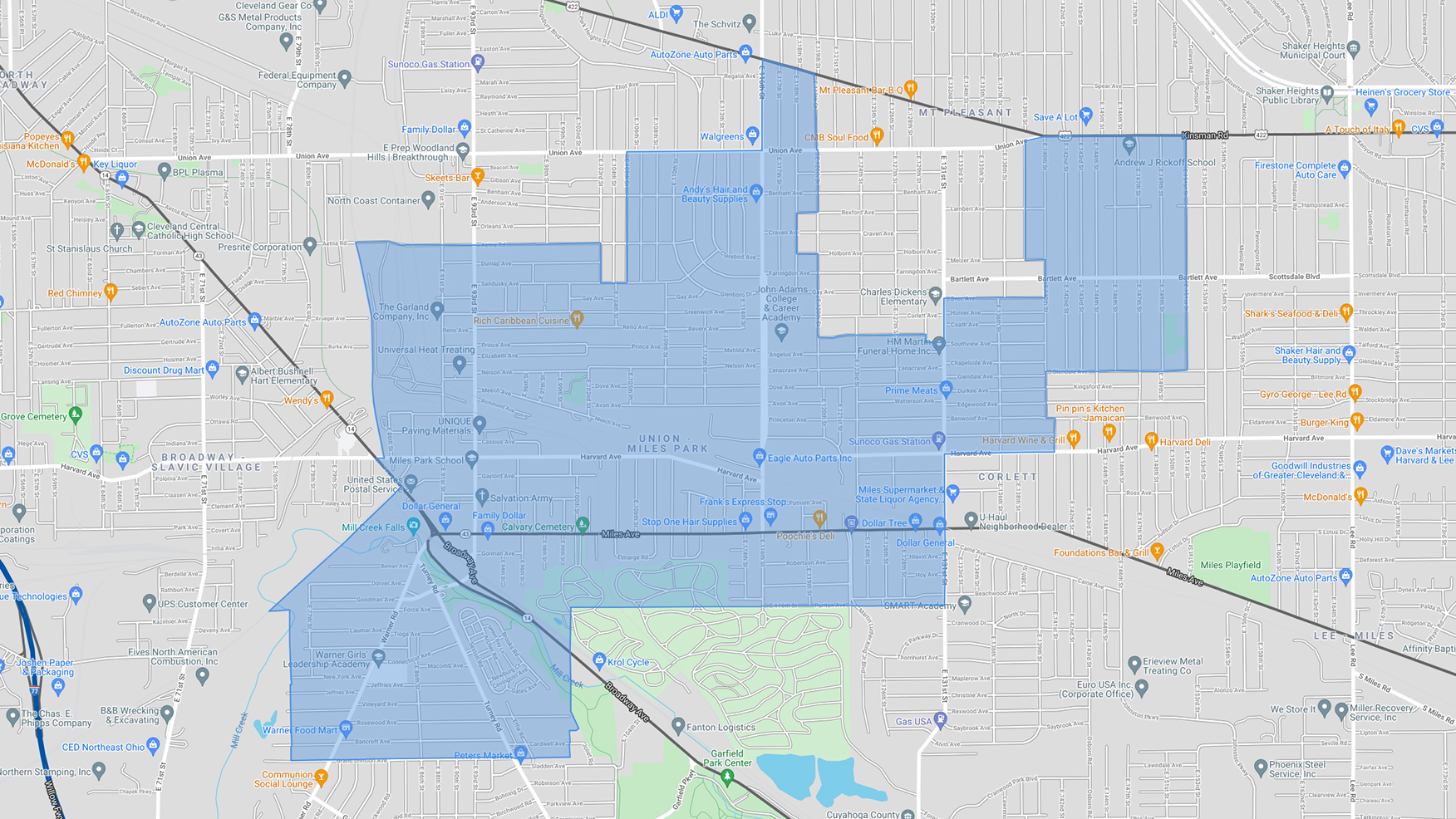
Attend a Postcard Party
Happy Dog, Thursday, February 24, 4:30-6:30
Sankofa Fine Arts, Thursday, March 3, 4:00-6:00

